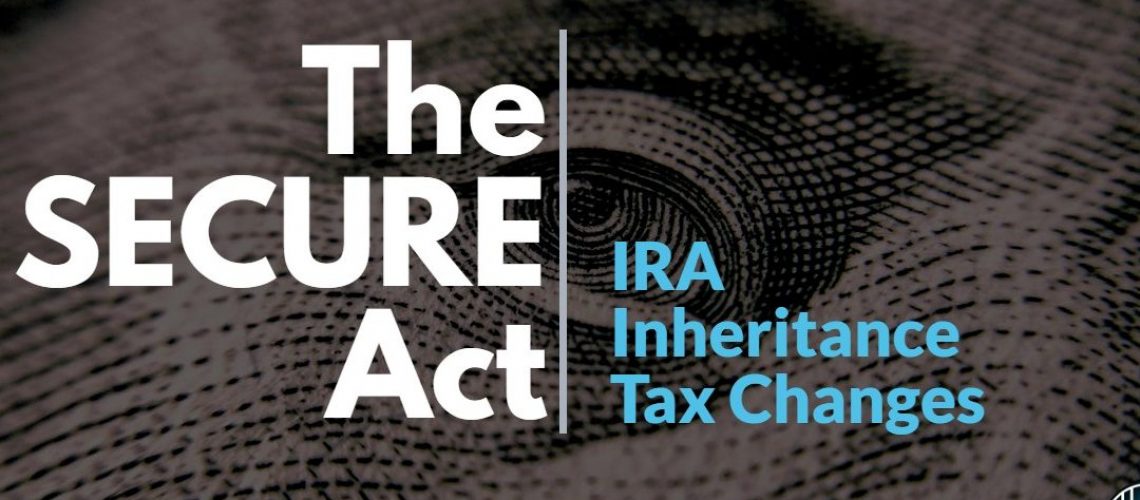Congress added the SECURE Act to the panoply of tax laws (Setting Every Community Up for Retirement Enhancement Act for 2019).
In addition to resetting the age for initial RMDs (Required Minimum Distributions) from 70 & 1/2 to 72, significant changes for payouts to beneficiaries were made.
The I.R.S. issued Proposed Regulations interpreting those provisions on February 23, 2022.
You may have heard from us or other sources in prior years about the term “stretch IRA” strategy. In large part, this will no longer be available, unless you executed the strategy before the SECURE Act’s effective date (you died and left your IRA to your heirs to distribute, in which case, they’ll be raising a glass to you for letting them take advantage of prior and more advantageous rules).
Several other strategies will need to be revisited and revised in light of the SECURE Act provisions and the I.R.S.’ interpretation of how these provisions work.
Of particular note are the following:
It is more critical that each IRA have a named primary and alternate beneficiary that is an individual (except for a trust for a minor) – failure to name an individual will usually require complete distribution of the IRA within five (5) years after death;
If you were expecting to use a trust to be a conduit for the beneficiary(s), this strategy will likely shorten the payout period available, except in the case of a beneficiary that is a minor child at the time of your demise;
A limited group of beneficiaries may be able to use an extended payout period – they are:
- A Surviving Spouse;
- A minor child until the age of 21, with continuing RMDs after age 21 and complete distribution of the balance within the following 10 years – grandchildren do NOT qualify;
- Disabled individuals (the disability must exist at the time of the account owner’s death and be documented by October 31 of the year after death to the custodian of the IRA);
- Chronically ill individuals (same issue as for Disabled individuals for existence and notice) and
- Individuals not more than 10 years younger than the IRA owner.
If the account owner dies on or after the date on which RMDs must start, the account must be distributed no later than the end of the 10th year after death, with RMDs required during each of the years following the year of death of the account owner. Any balance remaining after nine years of RMDs must be paid out in the 10th year. The payouts must be at least as much as would have been required of the deceased account owner under I.R.S. computation factors.
ROTH IRAs have a distinct advantage – as there is no required beginning date, no RMDs are required during the first nine (9) years following death – the entire account balance can be paid in a lump sum in year ten (10). This presumes an individual beneficiary is named.
Under many circumstances, penalties of 50% that otherwise apply to missed payments may be waived under many circumstances listed in the I.R.S. Regulations.
Lastly, a Surviving Spouse has a choice to continue the account as an inherited account or roll the balance over into their own account. If treated as an inherited account, it may NOT be changed to a rollover account, denying some advantages that might otherwise apply.
The distinct advantage to ROTH IRAs coupled with tax rates that appear poised to be increased in the coming years may argue for conversion of Traditional IRAs to ROTHs.
If you have any questions or would like to discuss the particulars of your situation, please call our office.
Mark H. Misselbeck, C.P.A., M.S.T. is a Tax Principal at Katz, Nannis + Solomon, P.C. If you have any questions or would like to speak with one of our tax professionals, please contact our office at 781-453-8700.

